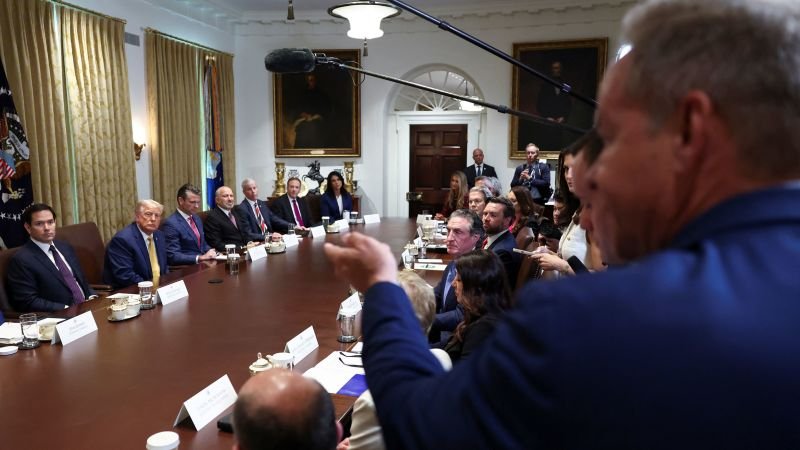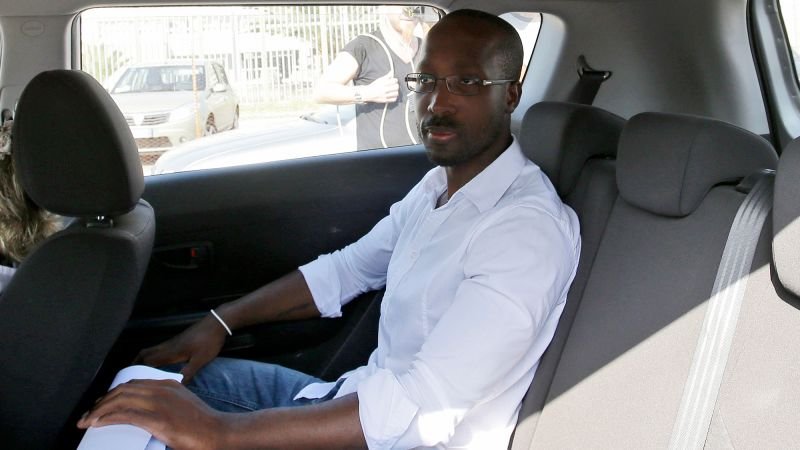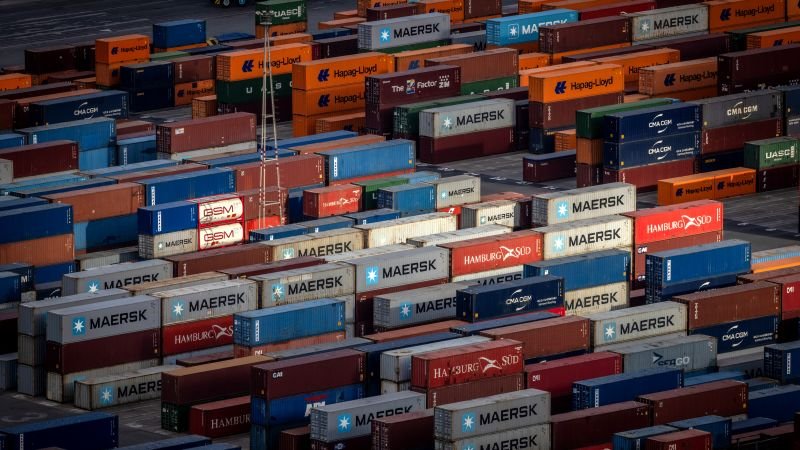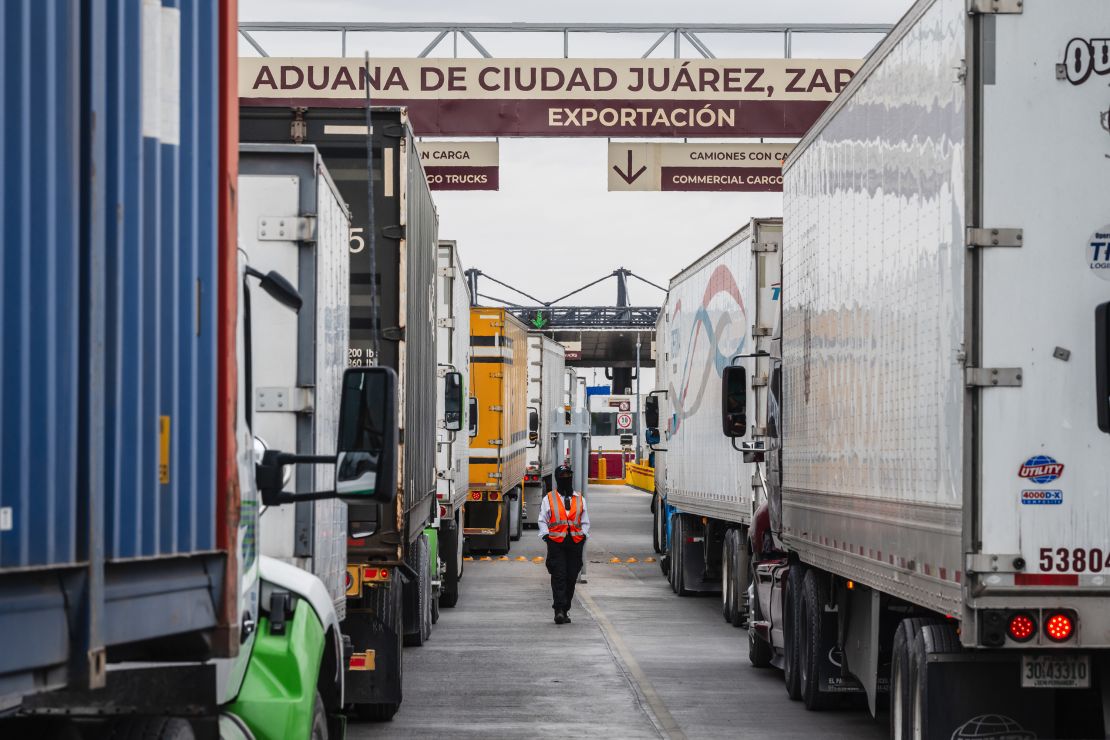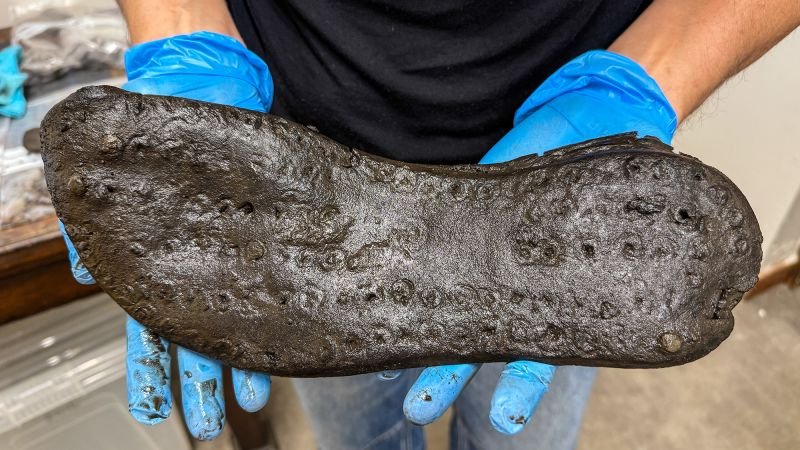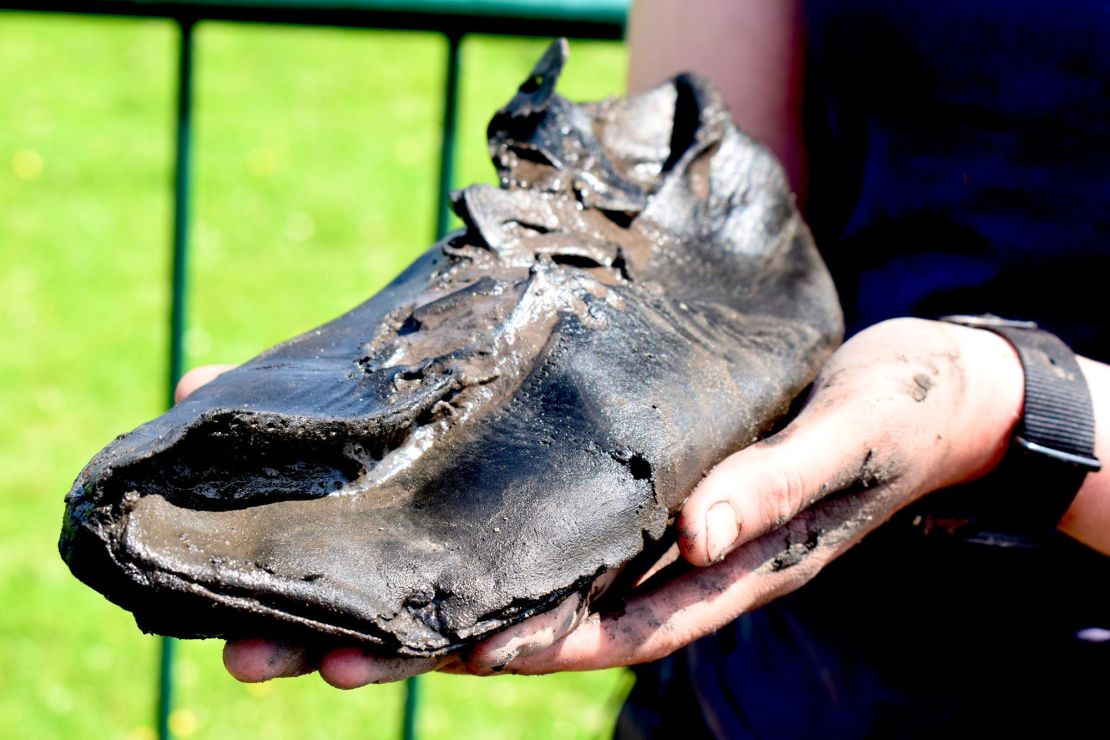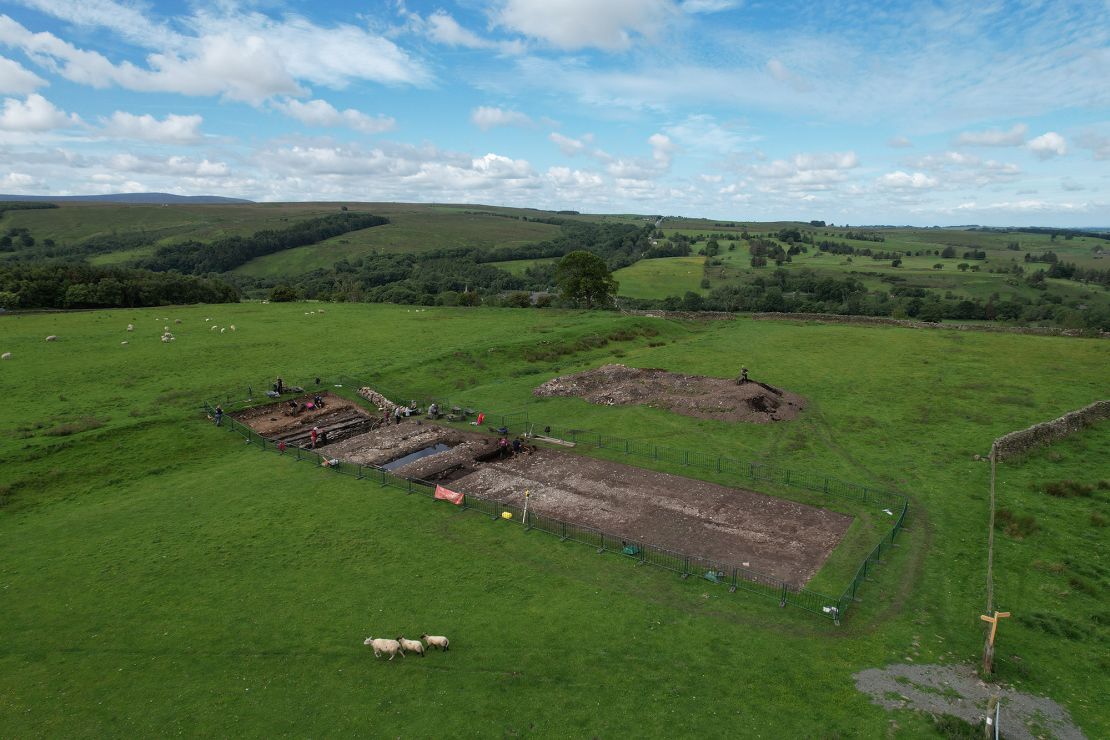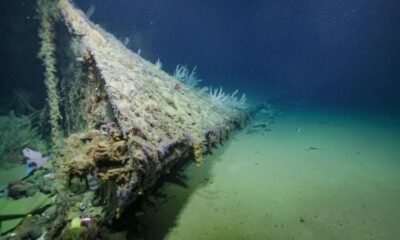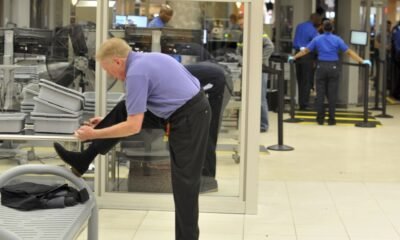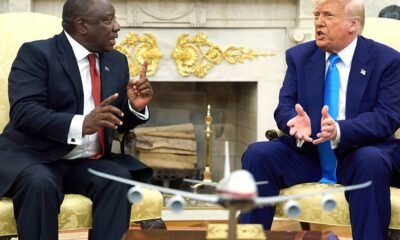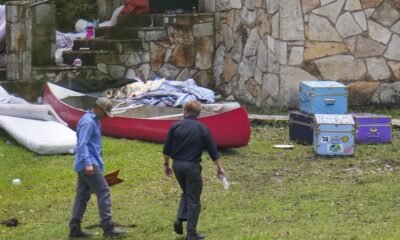CNN
—
President Donald Trump said at least seven countries can expect tariff letters on Wednesday morning, as he ramped up pressure on nations to strike deals with the United States by saying his new August 1 deadline would not be extended.
The announcement came as Trump vowed to slap a 10% levy on imports from the BRICS group of emerging economies, revealed plans for a 50% tariff on copper imports and threatened a massive 200% import tax on pharmaceuticals, renewing uncertainty for the global economy and markets – which have already experienced months of volatility.
“A minimum of seven” tariff notices will be sent out to American trade partners Wednesday morning, Trump said on Truth Social Tuesday, adding that “an additional number of countries” would receive letters in the afternoon. Commerce Secretary Howard Lutnick told CNBC earlier on Tuesday that 15 to 20 letters are expected to be sent over the next two days.
The White House issued its first tranche of letters to 14 countries, including Japan, South Korea and South Africa on Monday, with tariff rates largely in line with those announced in April. Trump also signed an executive order officially pushing back the implementation date from July 9 to August 1, seemingly allowing a few more weeks for negotiations.
Trump said on Tuesday that there will be no further extension of the deadline. “All money will be due and payable starting AUGUST 1, 2025 – No extensions will be granted,” he posted on Truth Social. That marked a shift in tone from his comments the previous day that the August 1 date was “firm” but also “not 100% firm.”
The measured global reaction to the latest tariff news has stood in contrast to the global market turmoil sparked by his initial announcements of “reciprocal” tariffs targeting dozens of trading partners on April 2. He later announced a 90-day window for negotiations.
Until now, only the United Kingdom and Vietnam have reached framework agreements with the US, while China has agreed to a trade truce until August 12.
At his cabinet meeting Tuesday, Trump said he planned to send the European Union a letter informing it of tariffs to be imposed from August 1, despite progress on trade talks with the bloc over the weekend.
“We’re probably two days off from sending them a letter,” he said. “I just want you to know, a letter means a deal,” he added.
While commenting that the European Union is now “treating us very nicely,” he complained about the suits and fines the bloc has brought against American tech companies.
European Commission President Ursula von der Leyen said on X Wednesday that the EU is “working closely” in “good faith” with the Trump Administration to get an agreement.
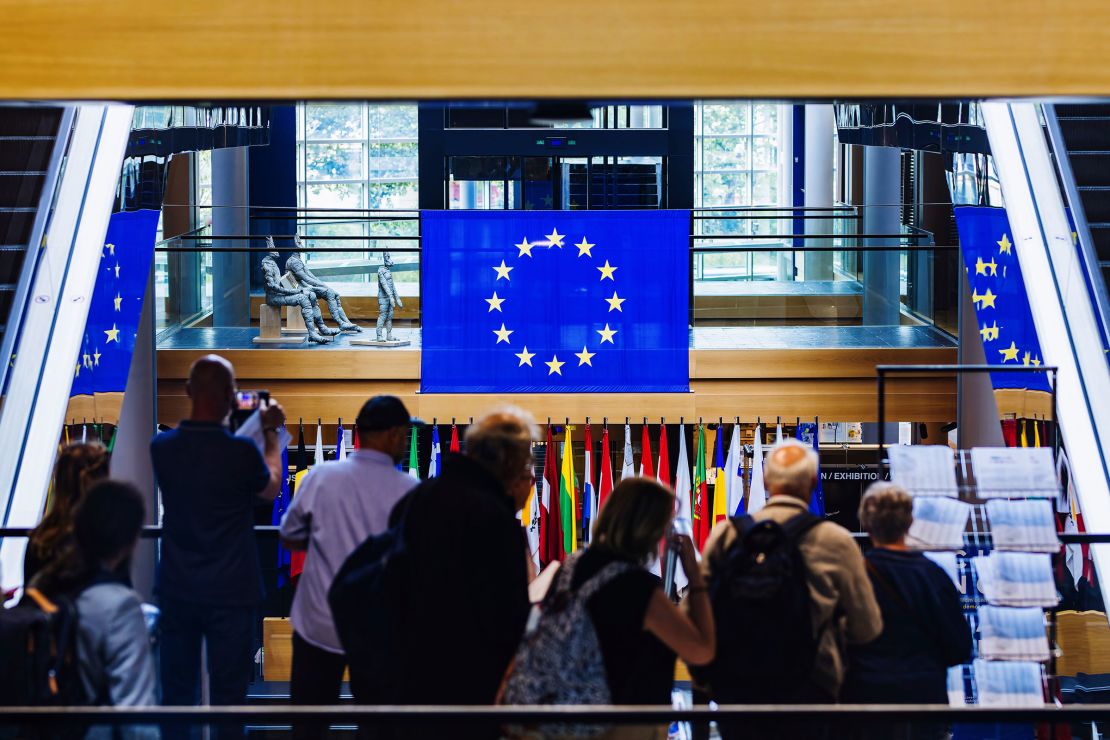
At his Tuesday cabinet meeting, Trump said he plans to slap a 10% tariff on imports from the BRICS economic group of emerging market nations, including Brazil, Russia, India and China.
“If they’re a member of BRICS, they are going to have to pay a 10% tariff, just for that one thing – and they won’t be a member long,” Trump said.
Trump explained the BRICS tariff threat was being driven by a desire to protect the US dollar from potential threats to its dominance. In 2023, Brazil’s President Luiz Inácio Lula da Silva floated the idea of a BRICS currency, though it hasn’t been a focus of the group since then.
“BRICS was set up to hurt us, BRICS was set up to degenerate our dollar and take our dollar, take it off as the standard,” said Trump.
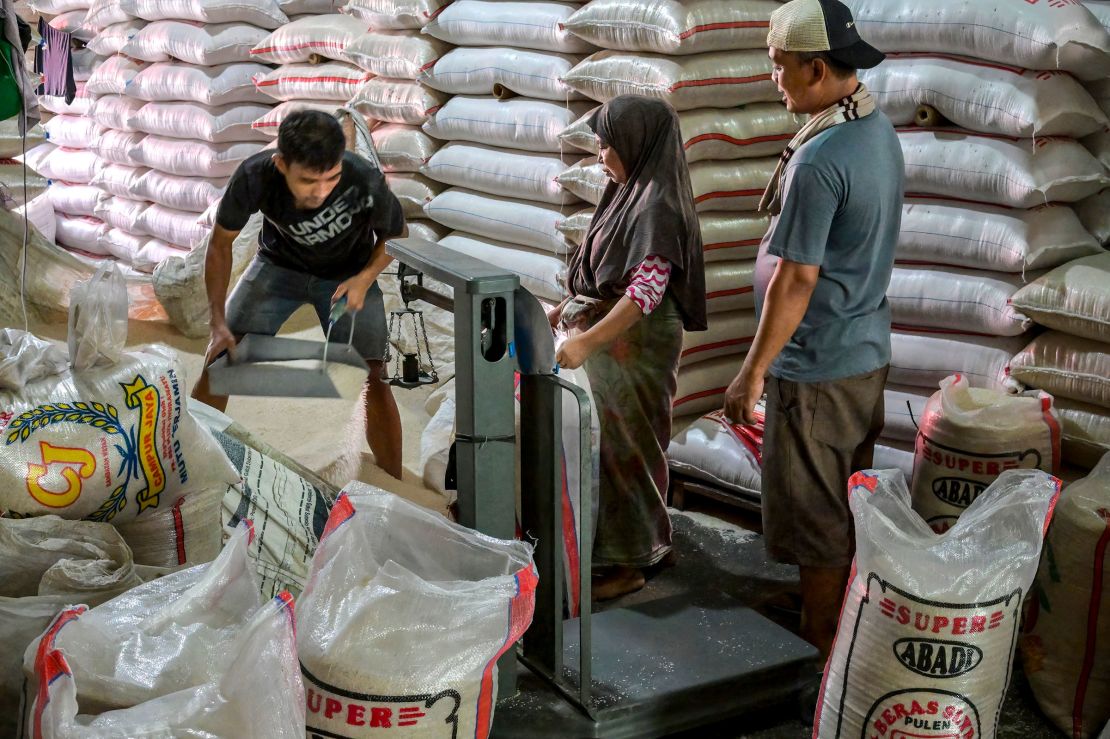
He added that the US dollar losing its status as the world’s reserve currency would be as damaging as “losing a war, a major world war.”
BRICS is an acronym of its early members: Brazil, Russia, India, China and South Africa. The economic club has expanded to include Egypt, Ethiopia, Indonesia, Iran and the United Arab Emirates. It’s not clear if Saudi Arabia has accepted an invitation to join BRICS. The group also has 10 lower-level partner countries, including Vietnam.
Trump’s comments came after he delivered a vague threat on Sunday night to impose an additional 10% tariff on countries “aligning themselves with the Anti-American policies of BRICS.”

